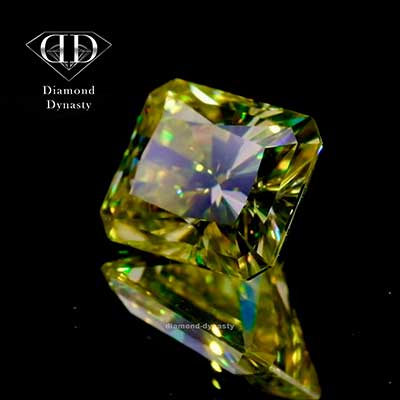
Radiant cut
This shape is a variation of the square princess cut with flattened corners.
All white gems look like diamonds on Instagram, but the truth is somehow very different. We compare diamonds, moissanite, laboratory-grown diamonds and zirconia for you and show you the alternatives to guide you to the perfect stone for you.
Why are there so many queries on Google like, "Is my diamond real?"
Because when it comes to diamond vs moissanite, the only thing that is clear is the price. There is a veritable litany of words and descriptions for different types of white gemstones ranging in price from € 5 - € 5000 per carat.
Diamonds, moissanite, lab-grown diamonds, cubic zirconia, and sometimes white sapphires all look the same in a Facebook or Instagram ad, but each stone has its own characteristic that sets it apart from the rest. So, what is the difference between these diamond alternatives and why do diamonds cost so much more than the others?
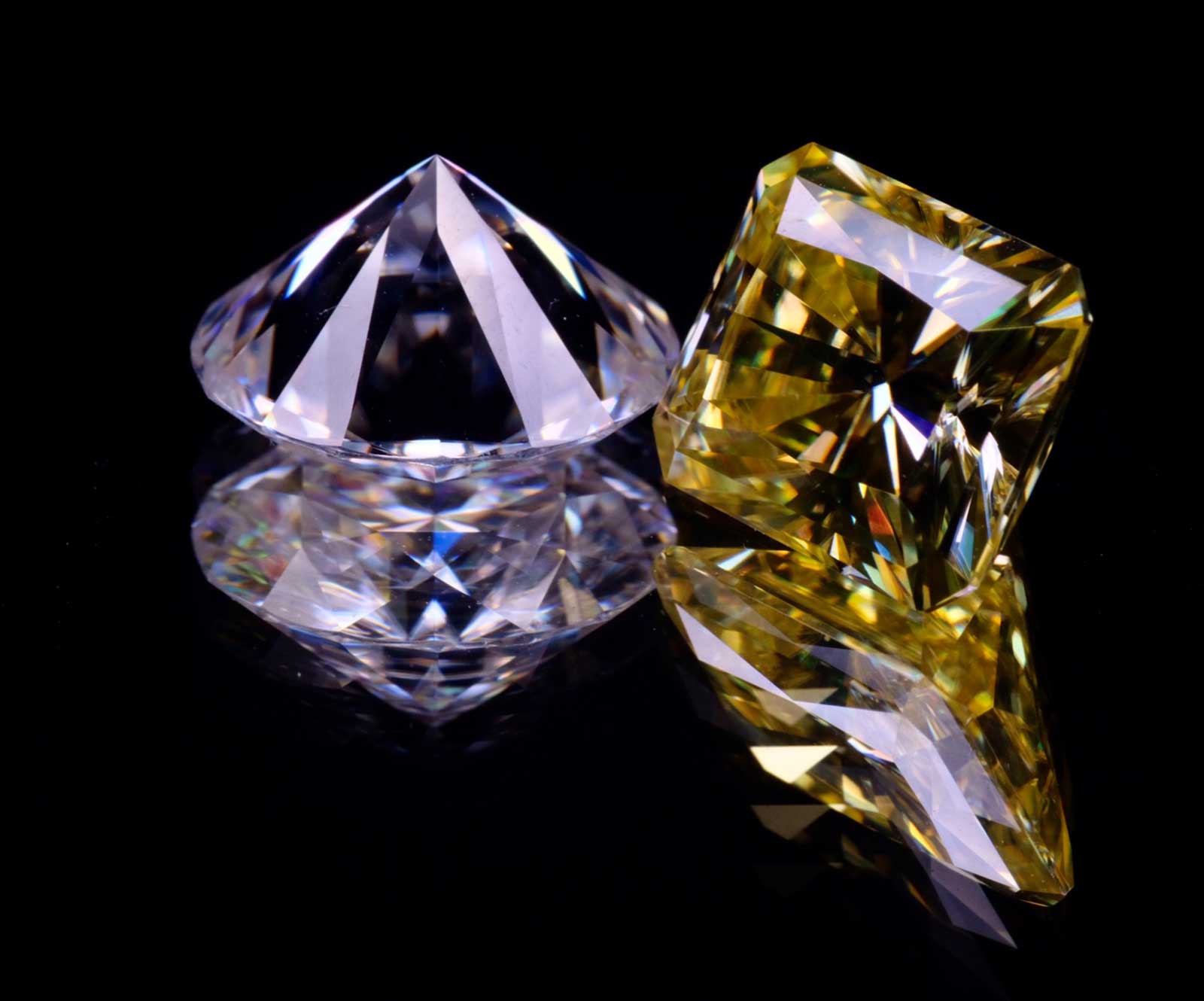
But what exactly is moissanite? Colloquially, among diamond alternatives, moissanite is the biggest fan favorite and wallet-friendly. It is durable, affordable and has a colorful disco ball effect due to its double refractive index. Technically, moissanite is a diamond simulant. This means it simulates the look and sparkle of a diamond.

Simply… from space. Up from the stars.
Isn't that romantic?
Moissanite was first discovered in 1893 when a meteorite containing microscopic particles of silicon carbide struck Arizona. But you won't find the original meteorite Moissanite on the market today. Many years later, these particles were successfully synthesized and moissanite as we know it today was born. Today, moissanite is a lab-grown diamond alternative, masterfully engineered to look like a diamond.
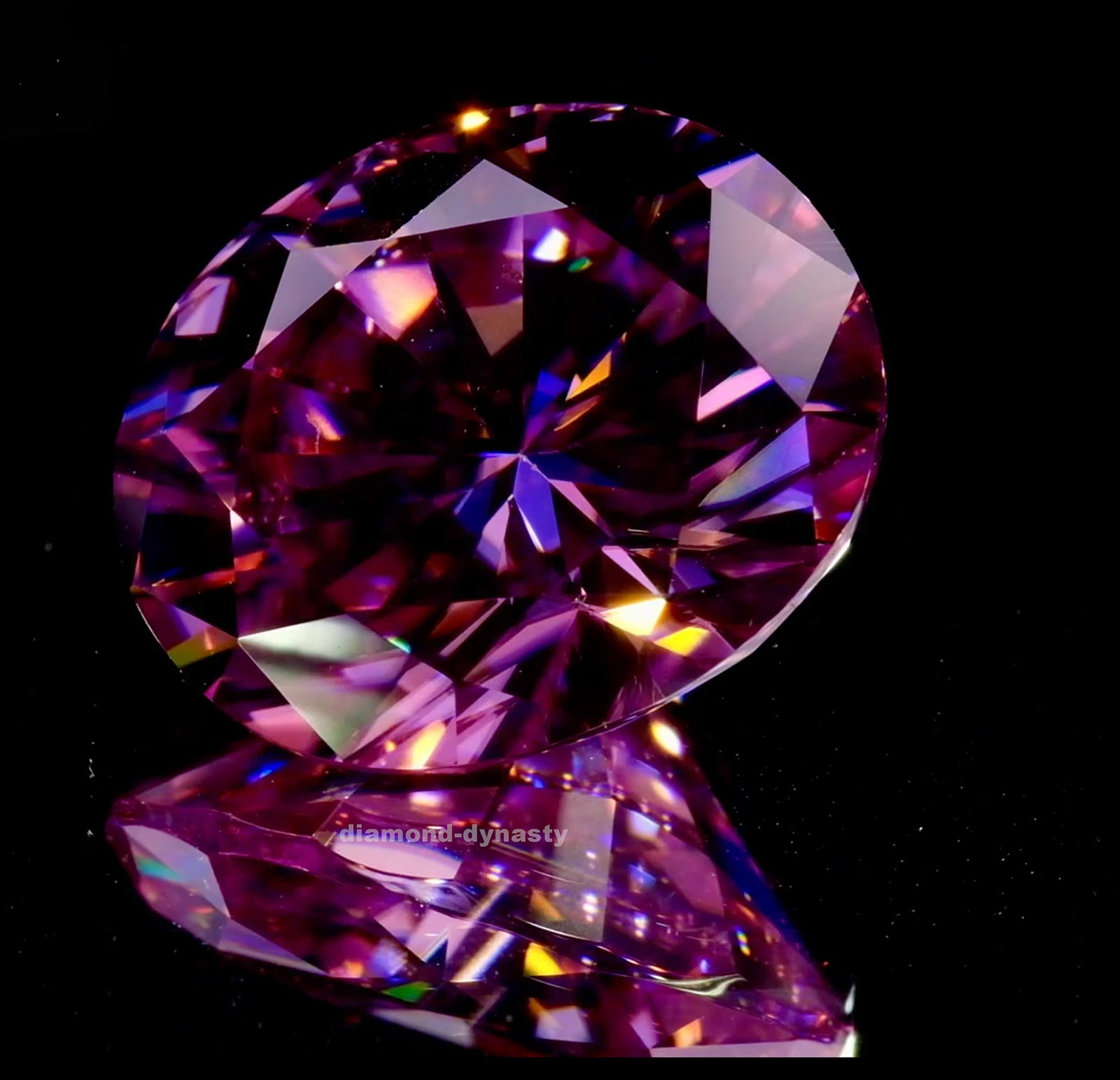
In a nutshell; Yes and no.
The biggest difference between a diamond and a moissanite is the radiance.
Moissanite has a higher refractive index than diamond - 2.69 vs. 2.65. This means it can refract light better, making it extra fiery. You will experience stronger colour radiance compared to smaller nuanced colours in a diamond. Technically, moissanite fire is almost twice that of diamond - 0.104 vs. 0.044, which is best seen in sunlight. Alternatively, the effects are also very clearly visible under an LED lamp.
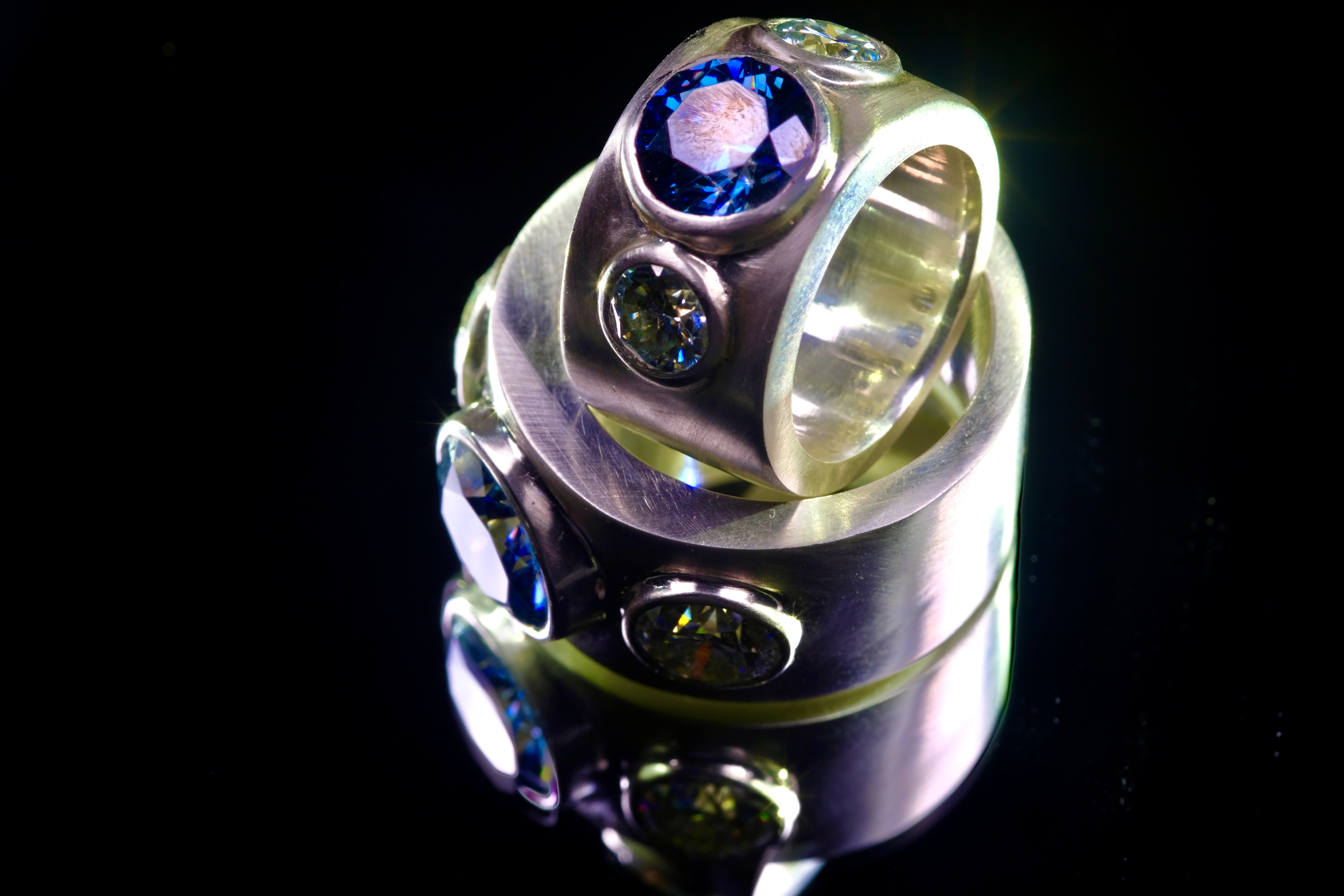
Diamonds are durable enough for engagement rings, but is moissanite too?
Of course!
Perhaps not quite as hard as a diamond, however, a moissanite is very high at 9.25 on the Mohs hardness scale and is extremely easy to wear.

This shape is a variation of the square princess cut with flattened corners.
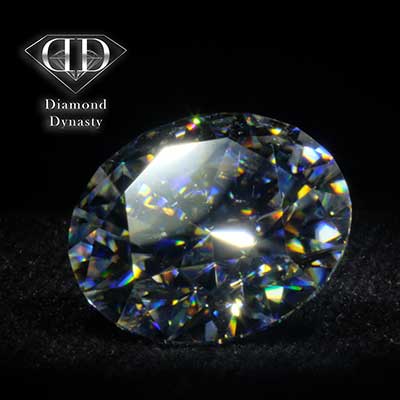
Characteristics of the modern brilliant cut are a cut with a circular round bar, at least 32 facets plus a table in the upper part, at least 24 facets plus, if necessary, a culet in the lower part, i.e. at least 58 facets.

The cushion cut is a square or rectangular cut with rounded corners that resemble a cushion. The cushion cut is usually cut with 58 facets.

In the heart cut, a heart shape is made with brilliant-cut facets.
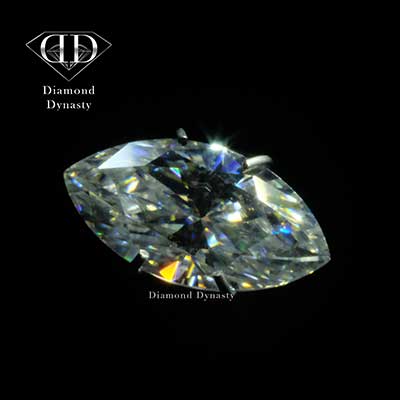
The marquise cut is an elongated, elliptical cut shape. The two ends are pointed, the centre is rounded. The shape is reminiscent of a small boat, which is why this cut is also called navette.

The oval cut is characterised by an elliptical basic shape when viewed from above, whereby an ellipse in geometry denotes an oval curve. The oval cut has a total of 58 facets.
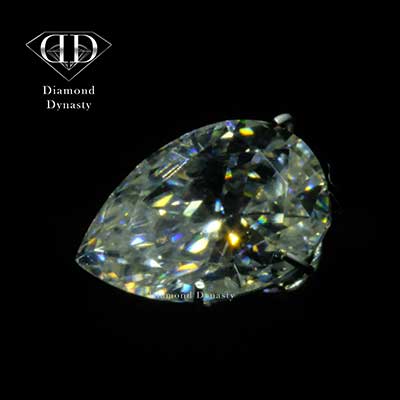
This cut is a combination of marquise and round cut and usually also has 58 facets like the brilliant cut.
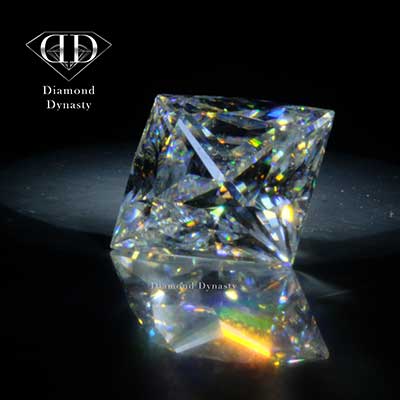
The basic shape of a princess cut gemstone is square and on the top side triangular facets join around the table, whereas the transition to the round ledge is formed by trapezoidal facets reminiscent of stair treads.
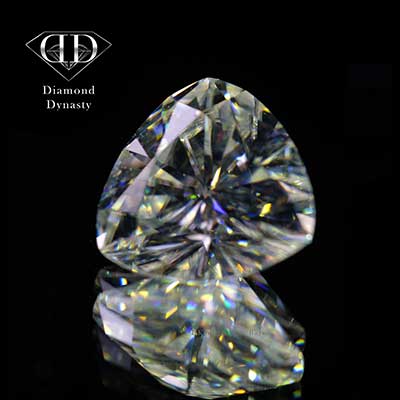
The trilliant cut is a triangular type of gemstone cut. This cut is also known as a trillion and has many variations.
However, since moissanite is also sold in carats, similar to diamonds, not all carats are created equal. Moissanite is about 15% lighter than diamond.
So this means that a one carat moissanite is larger than a one carat diamond. For this reason, diamond alternatives such as moissanite are often sold by size rather than carat weight.
If you are curious how big a one carat diamond looks in comparison and in different shapes please see our size chart.
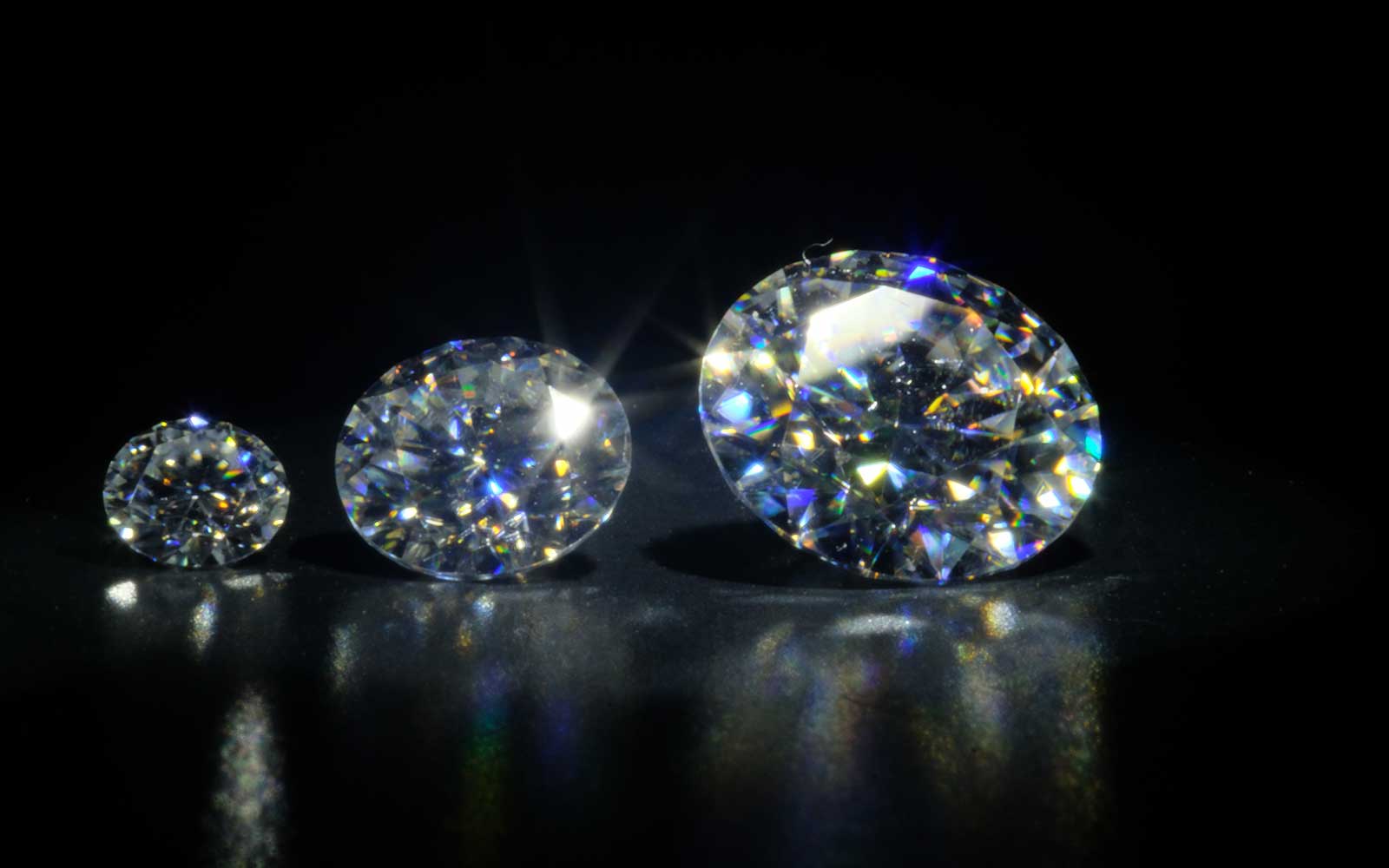
In short, no.
As we learned above, all types of gemstones are lab grown, each with their unique atomic and optical properties. Moissanite is a diamond simulant while lab diamonds are just plain diamonds
Laboratory diamonds are artificial diamonds that have an identical atomic structure to mined diamonds. They are made up of tiny carbon atoms arranged in the typical diamond crystal structure. They don't just look like diamonds; they are diamonds, but from a laboratory.
Diamond simulants are also created in a lab, but are sold at a much lower price than lab-made diamonds. So what is the good thing to say about these stones? Each of them looks great in any environment in its own way.
In addition to moissanite and cubic zirconia, there are several hybrid simulants on the market that use misleading terms such as "lab grown diamond simulants". Although they are lab grown, they are not lab grown diamonds!
Rule of thumb: If the price looks too good to be true, it probably is.
If you see the word simulant, you are buying a stone that looks like a diamond but may not have the same durability or longevity. After all, just because it looks like a diamond doesn't make it a diamond.
Other diamond alternatives - do they hold up?
Should You Buy a Cubic Zirconia Engagement Ring?
A zirconia may be good as a travel or placeholder ring. As an engagement ring that can withstand the rigors of everyday life? Rather not.
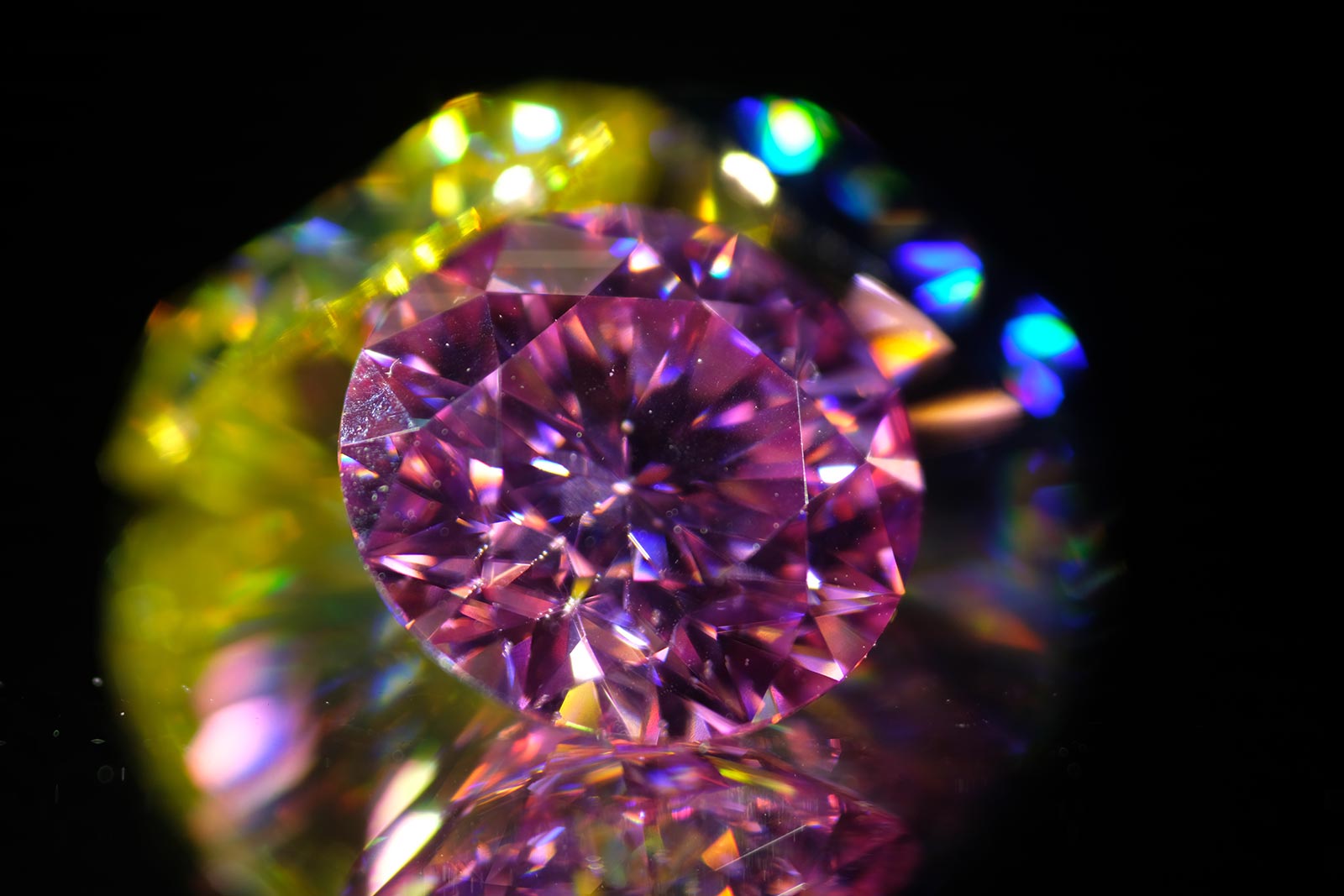
Discovered in the 1930s, cubic zirconia is made of zirconium oxide, another entirely different crystal. Moissanite is made up of silicon and carbon and diamonds are made up of carbon. All white, all sparkling, but not all the same.
Like moissanite, cubic zirconia is lab grown. Unlike Moissanite, Cubic Zirconia is harder, ranging from 8 to 8.4 on the hardness scale. Cubic zirconia is also less tough and more prone to breakage.
Cubic zirconia is also a grease magnet and tends to dull easily, losing its lustre fairly quickly. It takes a lot of maintenance to keep that ready-to-go shine. Zirconia is therefore not recommended as an alternative to diamonds.
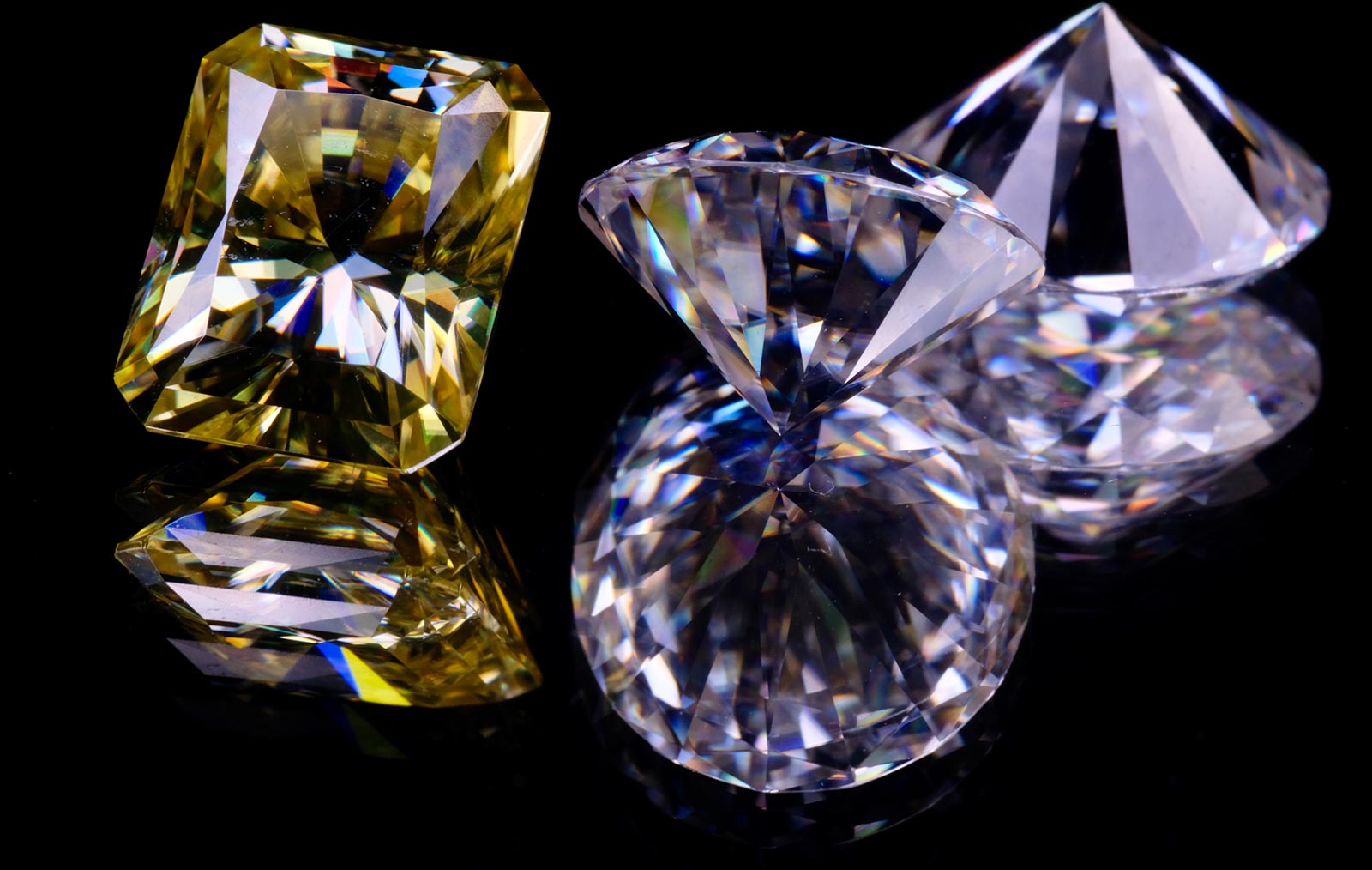
If you're looking for diamond alternatives, you've undoubtedly come across white sapphire. While the stone may seem alluring to sapphire lovers, there are definitely factors to consider before choosing it as your everlasting stone!
Should you buy a white sapphire engagement ring?
Not if you're looking for a diamond alternative. White sapphire is a separate category. It's a great option if you're looking for a more understated and vintage look, or if you have a special connection to sapphire! It's a much more durable choice than cubic zirconia, which has a 9 on the Mohs hardness scale. If you're looking for a natural white gemstone but a diamond isn't an option, you might consider a white sapphire.
The biggest difference between white sapphire, diamond and moissanite is the sparkle. As mentioned above, moissanite gives you a fiery rainbow glow, while diamonds reflect that bright white and a fair amount of fire. White sapphire is significantly duller than these sparkling stones. It also tends to have a lot of cloudiness.

e-Mail: europe@diamond-dynasyty.com
PT. Kemilau Era Baru
Dusun Kajanan, Kel.Sembiran, Kec.Tejakula, Kabupaten Buleleng - Bali
Zip Code: 81173
Phone No: +6281236906845
e-Mail: asia@diamond-dynasty.com